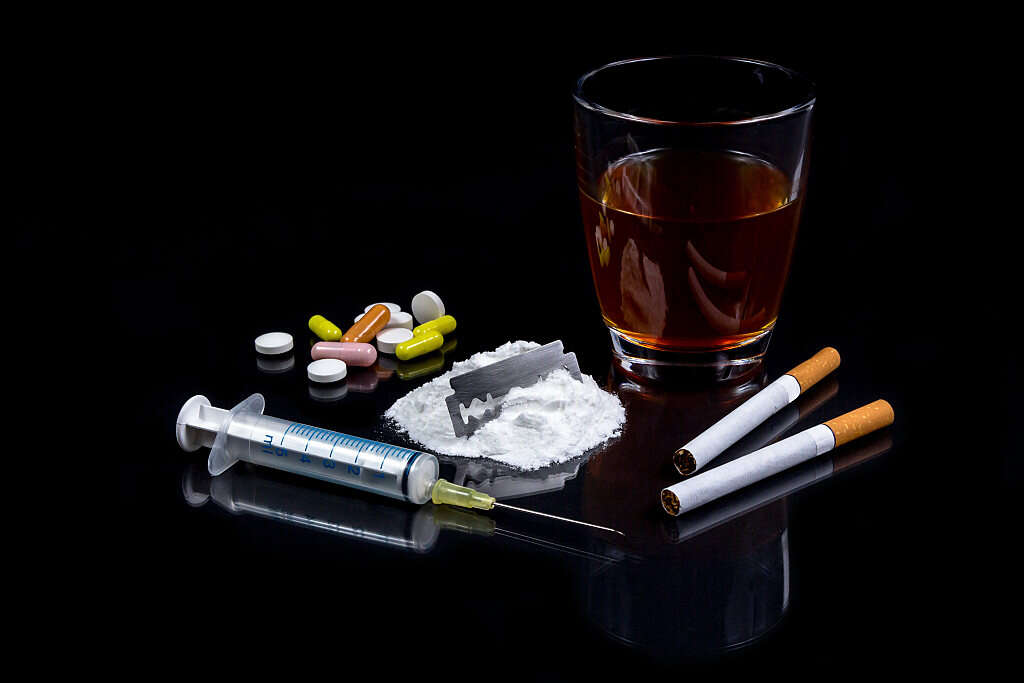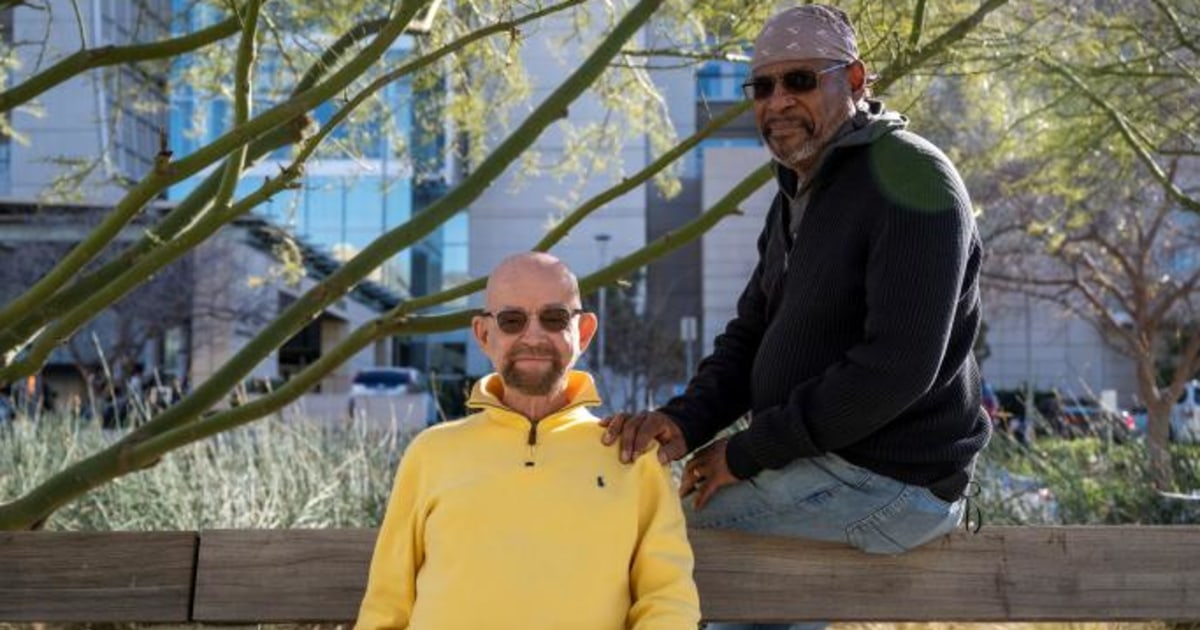A study conducted at Bar Ilan University shows that stem cells originating from the placenta are able to reach damaged tissues in the brains of drug addicts and initiate a rehabilitation process in them. The innovative treatment may solve one of the most difficult challenges in the field of detoxification: the difficulty of addicts to detach from the memory that brings them back again and again to the drug.
The treatment, which has undergone a pre-clinical trial and is headed for a human trial, succeeds in overcoming one of the biggest challenges in the field of addictions: addicts have difficulty breaking away from the sweet memory that makes them return again and again to the drug, even if they know that the same substance makes them miserable.
In this respect, the stem cell treatment allows the brain to produce new memory cells that assimilate new memories that compete with the "addictive memory".
Many addicts return to use after rehab, illustration, photo: Police spokespersons
Treatments today do not provide enough answers for addicts
The research is led by Prof. Gal Yadid and PhD student Hila Par-Nissen from the Faculty of Life Sciences and the Brain Research Institute at Bar-Ilan University.
Prof. Yadid defines himself as a "frustrated neuro-psycho-pharmacologist".
His frustration stems from the fact that the drug treatments available today for people suffering from addictions do not provide an answer: 30% of patients drop out within three months of starting rehabilitation, and of those who finish the rehabilitation program, about 50% return to the drug.
These people, who do not respond well to treatment, live in constant suffering and are prone to suicide.
In addition, this ongoing situation causes a heavy family, social and economic burden.
Development by Bar Ilan University researchers, illustration, photo: Getty Images
This is the reality that led Prof. Yadid to develop an innovative targeted treatment, which focuses on the reward system from the drug memory, which leads to the addict's compulsive behavior.
The researchers turned to treatment with the help of stem cell transplantation, an approach that is already well known for the treatment of neurodegenerative diseases of the nervous system such as Alzheimer's.
The division of the cells and their arrival at the centers of addiction
The innovation in the work of Yadid and his partners is that the stem cells are given by inhalation (Hasnapa) which leads them directly to the brain.
This method allows precision in reaching the target tissue damaged by drug use, as well as real-time monitoring using CT, all without dangerous substances or drug substitutes.
The stem cells inhaled by the patient navigate their way through the brain and settle in its damaged areas.
The cargo they carry, which includes growth factors, leads both to the restoration of the damaged cells, which do not release nerve messengers at the correct rate, and to the creation of new connectivity.
The stem cells know how to home where the brain needs them, and Prof. Yadid estimates that this is a chemical communication.
The cells "smell" where their help is needed and reach the damaged tissue.
"We actually have a 'mail pigeon'. I can send any cargo I want with it," describes Prof. Yedid.
After completing their role in the damaged tissue, the stem cells migrate to another damaged site or die and leave the body.
The ability to navigate and nest in the right place makes the treatment safe without fear that the stem cell will settle in an area that does not belong to the addiction and cause side effects.
Weaning from the memory of the feeling, photo: Gideon Markowitz
The study shows a restoration of neurogenesis (creation of new brain cells) at a level of 95%.
It is the flexibility of the stem cells that allows them to build new and healthy tissue in the place to which they have migrated.
The tracking of the cells is performed by linking the cells to gold nanoparticles.
The gold makes it possible to follow the migration of the cells from the moment of inhalation until they reach the brain using a CT device.
The researchers saw that it takes a day for the cells to reach the brain, and the tissue restoration process takes several days.
Beyond the introduction of the gold particles, no further manipulation was performed on the cells, so it is a completely natural treatment.
"Since these cells have already been tested on patients with other diseases, and with a high level of safety, we hope that the next step is to treat addicts who are unable to quit," Prof. Yadid concludes.
were we wrong
We will fix it!
If you found an error in the article, we would appreciate it if you shared it with us









/cloudfront-eu-central-1.images.arcpublishing.com/prisa/QZBKEHFL6RHI5FSPQNNBZGIIUA.jpg)